Autism Case Study
7-year-old Indian girl with autism first started showing symptoms at age 2.5. Just prior to this stem cell treatment using umbilical cord-derived stem cells, she was nonverbal, had lack of concentration, with hand flapping, put things in her mouth all the time, and had hyperactivity, esp after sugar intake or in a new place. She was going to special needs school, wanted to play with other kids but didn’t know how to communicate with them.
She was also on diapers, with urinary and bowel incontinence. She had hypotonia — with very low muscle strength and could not climb up the stairs and had to be carried upstairs by parents in the house.
She had received 1x prior intrathecal injection 1 yr ago of her own bone marrow stem cells in India, with some improvements.
During the 1st stem cell treatment, she received an intravenous (IV) stem cell treatment. The umbilical cord-derived stem cell product is a combination product of MSCs and CB-MNCs, and contains only native stem cells (unmanipulated & unexpanded).
9 months later, when patient was brought in by her parents for her 2nd stem cell treatment, parents reported that patient was able to get off diapers completely, able to tell her parents when she needed to “go potty,” able to “hold it” until her parents could locate a bathroom nearby. She also tried to pull down her pants and wanted parents to help her. She was now able to speak some words, and no longer put things in her mouth all the time. She was also learning to interact with other kids, and was calmer.
As to her hypotonia, she could now walk up the stairs on her own. These changes were more profound than the changes her parents noticed from the intrathecal injection of her own bone marrow stem cells.
At her 2nd stem cell treatment, parents asked that patient receive a higher dose of an umbilical cord-derived stem cell product instead of 3cc. Patient was noticed to smile and say “thank you” during treatment. Within 4 months after the 2nd treatment, patient was able to hold a pen in her hand and connect dots. She was also able to count to 10 and name the alphabets, although pronunciation was not precise. Patient was also able to write her own name.
